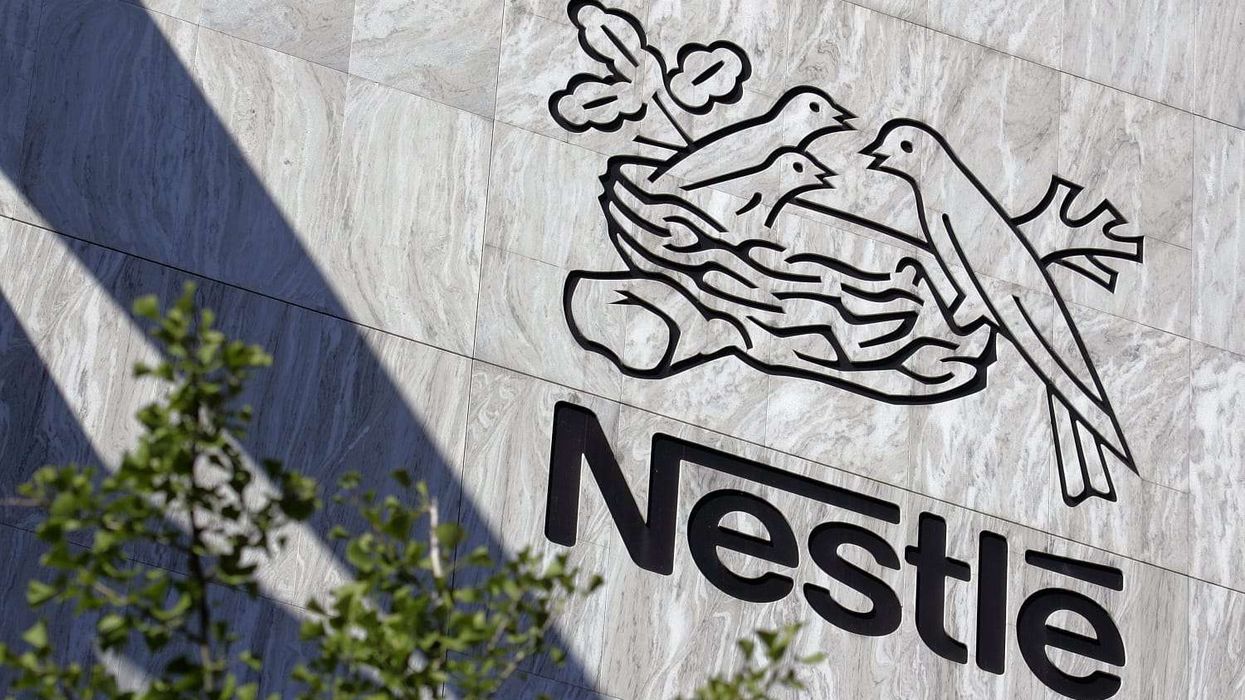The quaint, sugarcane-growing village of Rajewadi in India's west did not have a single confirmed coronavirus case until mid-August. Now one in every four people there is positive for the virus, with police blaming a local religious event for the spread.
Such spurts in cases in small towns and villages, where mask wearing and social distancing have nearly vanished and community gatherings are back, explain why India's infections are now rising faster than anywhere else in the world and why the country is soon set to top 4 million cases.
Based on current trends, India will overtake Brazil as the second-worst affected nation after the United States in days.
The South Asian country reported 83,883 new infections on Thursday, surpassing its previous global record for the highest single-day rise. Cases are accelerating in its towns, villages and smaller cities while the situation has stabilised in the big metropolis of New Delhi and Mumbai.
The World Health Organization has said India's relatively low mortality rate could rise as the virus fans out to the vast countryside, where health facilities are basic at best.
In Rajewadi - a small village of around 360 in India's most-affected state of Maharashtra - authorities launched widespread testing only after an elderly resident was found to have died of COVID-19 on Aug. 17, said Aniruddha Athalye, a senior health official in Satara district where the village is located.
Since then, 91 people there have tested positive and the village has been sealed off by police.
Government officials, police and residents said days before the death - the village's only fatality from the disease - the person and about 30 others had gathered one night to offer prayers to a local deity. They had dinner together after the rituals, and throughout the function no one wore masks or practiced social distancing.
Police said almost all those who attended have tested positive. Police have lodged a complaint against the organiser for violating the state's epidemic act.
A person who saw the function but did not attend said "everyone was behaving like coronavirus won't catch them". He declined to be named while police investigate the case. The village is now barricaded with bamboo and wood, with a poster describing it as a containment zone.
Sanjay Bhosale, a village grocery shop owner whose son has contracted the virus, said residents had grown tired of the virus rules and started visiting each other like before.
"A perception was created that coronavirus was just a hype, that it's not that serious," Bhosale said.
"Normal life had resumed for us. Only after the person died, people took it seriously again, but by then the virus had spread across the village. Now we are taking precautions."
TESTING INCREASES
This trend has played out across India's countryside where 60% of its 1.35 billion people live.
As more cases are reported on the back of higher testing, some states such as Assam in the northeast have asked police to tighten enforcement of social distancing and other restrictions. Largely rural Assam has reported one of the highest infection totals in India.
In Satara, total cases doubled between Aug. 6 and Aug. 23, the period in which India added 1 million new infections - the fastest such jump in the world.
Officials warn the situation will get worse before getting better.
"In April and May, people were following all the rules but now the mentality has changed. They have become casual and are taking coronavirus lightly," Satara's civil surgeon Subhash Chavan said.
Satara now conducts more than 2,000 tests a day, up from only about 200 weeks ago. Nationally, India's testing has more than doubled in a month to over 1 million a day. That equates to about 32 tests per 1,000 people, higher than many developing countries but much lower than the U.S. rate of 253 per 1,000.
Officials say because India's rural health infrastructure is poor, the focus is on testing so patients can be isolated earlier at home, reserving scarce hospital beds for the most critical. Already in rural Maharashtra, both government and private hospitals are running out of beds, authorities say.
Still, only 1.76 per cent of confirmed patients have died in India, compared with the global case fatality rate of 3.3 per cent.
Staring at the worst economic downturn in its history, India is moving to ease lockdown restrictions, despite the rise in infections. India is set to resume urban metro trains and allow up to 100 people to gather for religious, political and other events starting later this month.
"We have to take into consideration the economic angle while dealing with the pandemic," said Himanta Biswa Sarma, the health and finance minister of Assam. "Rather than frequent lockdowns, we must try to maintain social distancing and use masks to contain the virus."











